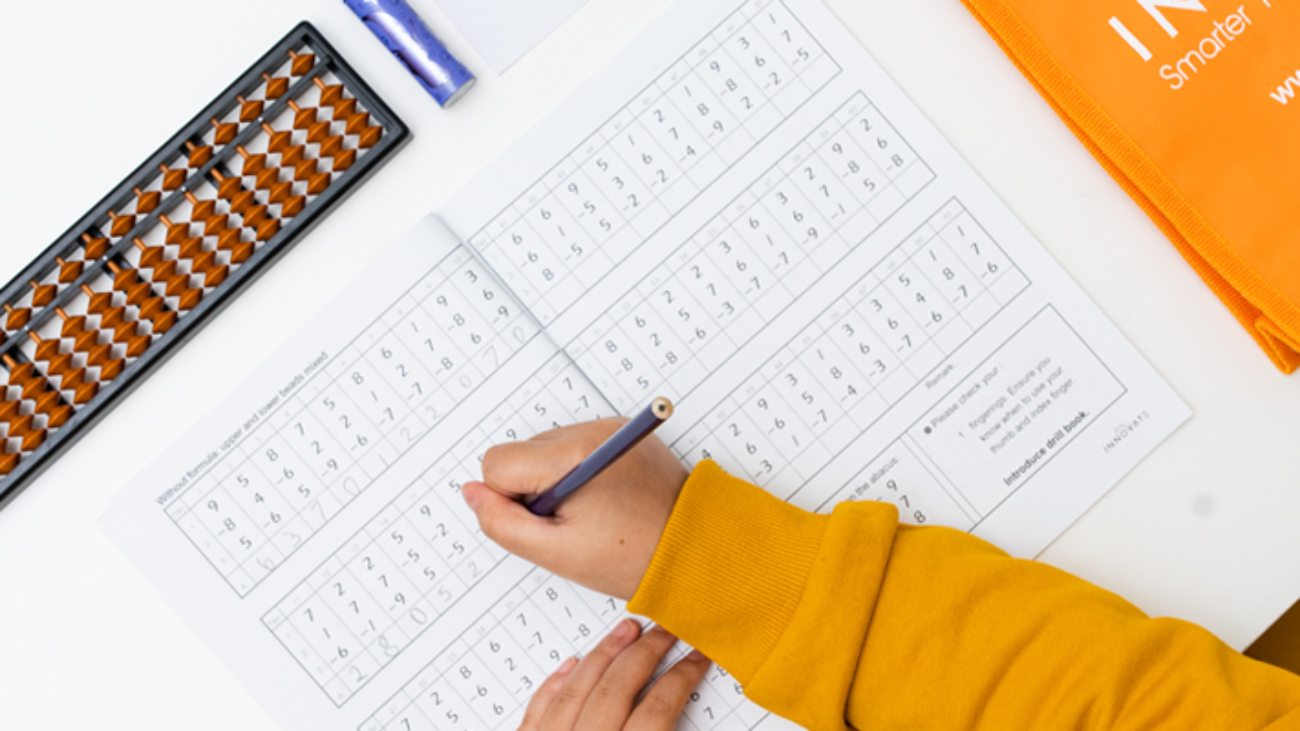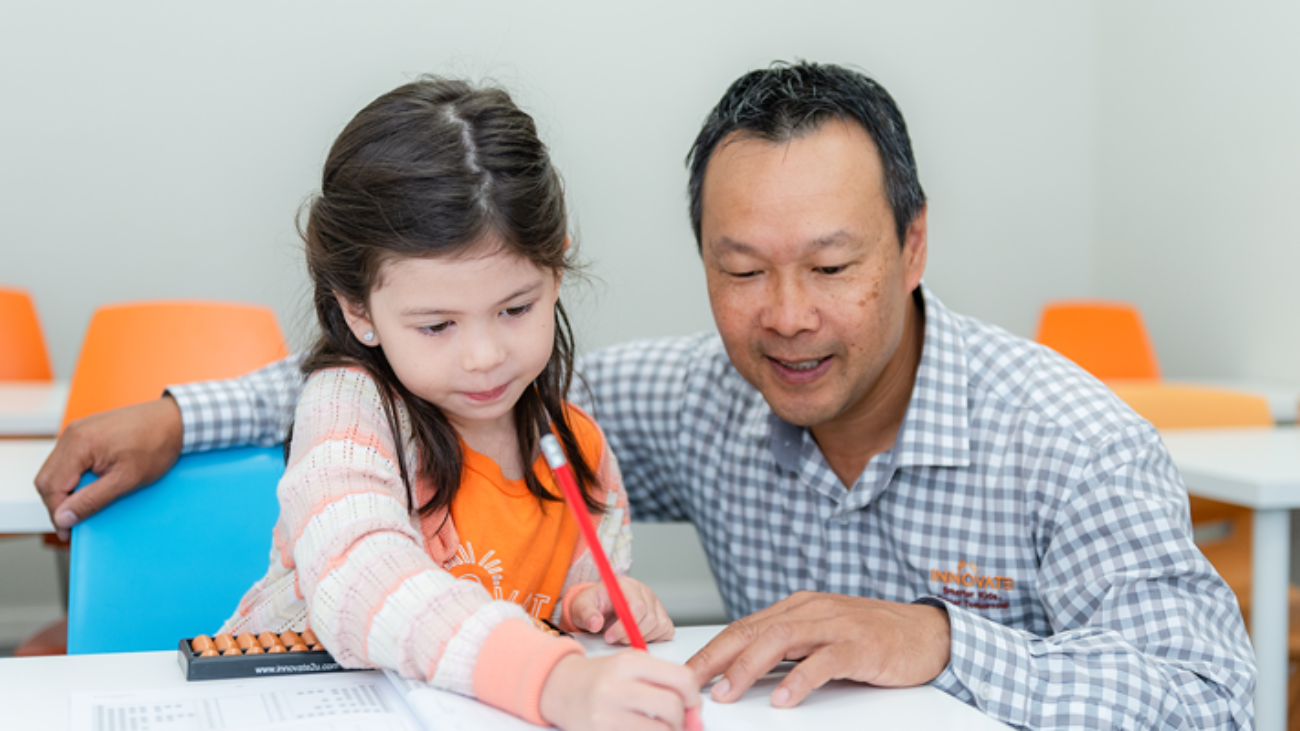Want to keep your kids fit and healthy? If so, make sure they are eating well!
Over the past decades, childhood obesity rates have increased. Obese kids have an increased risk of heart disease, high blood pressure, diabetes, and metabolic disorders later in life. They are also more likely to develop weight-related health problems in adulthood. Fortunately, these problems can be prevented through good nutrition and exercise.
Here are some tips to get your kids to eat better so they stay healthy and maintain their focus during the day:
Ditch the junk food
Get rid of any foods containing sugar and trans fats, such as cake, cookies, deli meats, fries, crackers, and soda. Set an example for your kids and eat healthy yourself. Keep potato chips, chocolate, and other treats out of sight. Let your child know why these foods are off limits.
Load up on fresh produce
Fill your pantry and fridge with fresh fruit, vegetables, pastured eggs, legumes, raw nuts, and seeds. Choose local and seasonal produce instead of frozen and canned foods. Encourage, support, and promote healthy eating in your household.
Plan your child’s meal
Meal planning plays a key role in good nutrition. As a parent, it’s your responsibility to plan nutritious meals for your child. Create weekly menus for breakfast, lunch, and dinner. Make sure your kids eat in the morning. Cook different foods every day and try new recipes.
Stick to the basics
Healthy eating doesn’t have to be complicated or boring. A good breakfast for kids can include simple foods, such as oatmeal and berries, cottage cheese and nuts, Greek yogurt with bananas, or whole grain crackers with turkey slices. Lunch can consist of brown rice or whole pasta and chicken breast, tuna salad, soups, stews, or grilled fish and veggies. For dinner, make steamed fish or chicken with leafy greens.
Choose healthy snacks
Prepare healthy snacks for your child instead of buying him chips and ready-made meals. Keep your cupboards stocked with almonds, yoghurt, veggie sticks, kale chips, walnuts, air-popped popcorn, and dried fruits. You can even create your cookies at home using healthy ingredients like fruit, stevia, cinnamon, oat flour, and raw cocoa.







